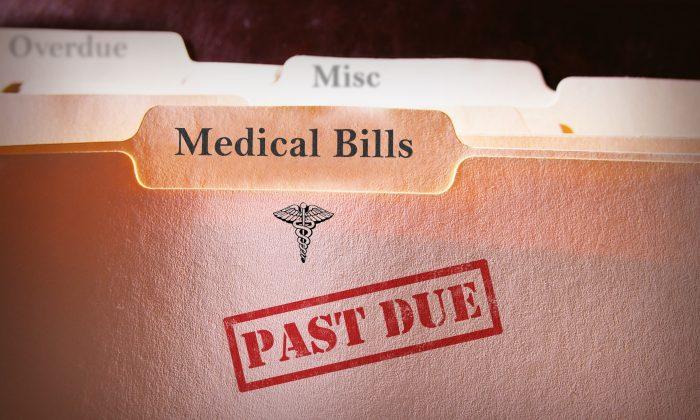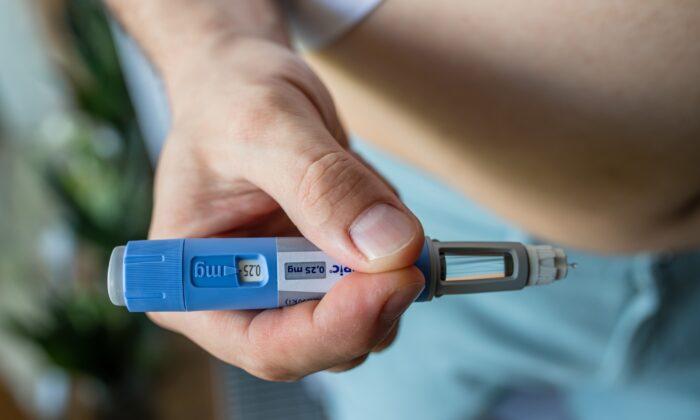Millions of Americans are trapped in a maze of inflated hospital fees and opaque billing codes. Yet they either pay these crushing bills or watch their credit score plummet.
Patients Pay the Price as Hospitals Fail Billing Standards
Recently published research in the Journal of the American Medical Association analyzed data from a 2022 survey by The Leapfrog Group. This nonprofit issues an annual review assessing the quality of care and billing accountability standards across U.S. hospitals.The bill most patients get in the mail is usually a consolidated summary, “making it impossible to assess whether you’re charged correctly or not,” Patrick Haig, CEO and co-founder of Goodbill, a startup dedicated to making hospital bills transparent and affordable for patients, told The Epoch Times.
Furthermore, 125 hospitals (5.5 percent) lacked billing representatives who could investigate errors, offer price adjustments, or discuss payment plan options. In total, 1,415, or over 60 percent, of the facilities surveyed did not satisfy all three critical billing quality standards.
Over 50 percent of hospital bills reviewed by Goodbill contain inaccuracies, according to Mr. Haig. These range from coding mistakes to charges for unnecessary medical procedures.
Vague Hospital Invoices Hide Behind Fake ‘Itemization’
If you have concerns regarding hospital charges, request an itemized bill within 30 days. This line-item invoice details all services and supplies involved in your care.An accurate itemized bill includes standardized diagnosis, procedure, and billing codes that determine costs, Mr. Haig said—specifically, Current Procedural Terminology (CPT) codes, Healthcare Common Procedure Coding System (HCPCS) codes, and others. These codes clearly convey how insurance companies reimburse hospitals, enabling “apples-to-apples” charge comparisons with other providers, he added.
“For example, a charge for an acute emergency room visit might go by different names, depending on the hospital—like ‘Level 5 ED visit,’ or ‘ER visit Lvl 5,’ but universally has only one CPT code: 99285,” he said.
Emergency Care Springboards People Into Debt
According to a nationwide poll by KFF, formerly known as the Kaiser Family Foundation, a nonprofit organization focusing on health care and health policy research and analysis, the medical debt crisis extends far beyond hospital bills alone. Factors like credit cards, personal loans, and borrowing from friends used to pay outstanding health care fees were also considered.Key findings reveal that about 25 percent of adults with medical debt owe over $5,000. About 20 percent said they believe they’ll never pay it off. For many, the initial debt stems from one-time or short-term emergency care.
Up to 40 Percent Qualify for Hospital Aid, but It Goes Unused
However, up to 40 percent of the medical debt seen by Goodbill qualifies for hospital financial assistance, Mr. Haig said.“Nonprofit hospitals, which comprise the majority of hospitals in the United States, are required by law to offer financial assistance to patients who fall below certain household income thresholds,” he added. “At some hospitals, that threshold can be well over $100,000.”
However, qualifications go widely unadvertised, and many patients don’t know to ask. “Patients can save up to 100 percent off their portion of the bill,” Mr. Haig said. “It’s one of the most underutilized benefits in health care.”
- Seeking pre-approvals for covered care.
- Negotiating costs even if correctly billed.
- Understanding new surprise billing guardrails.
The new rules enable uninsured and cash-pay patients to access good-faith cost estimates before receiving care.








